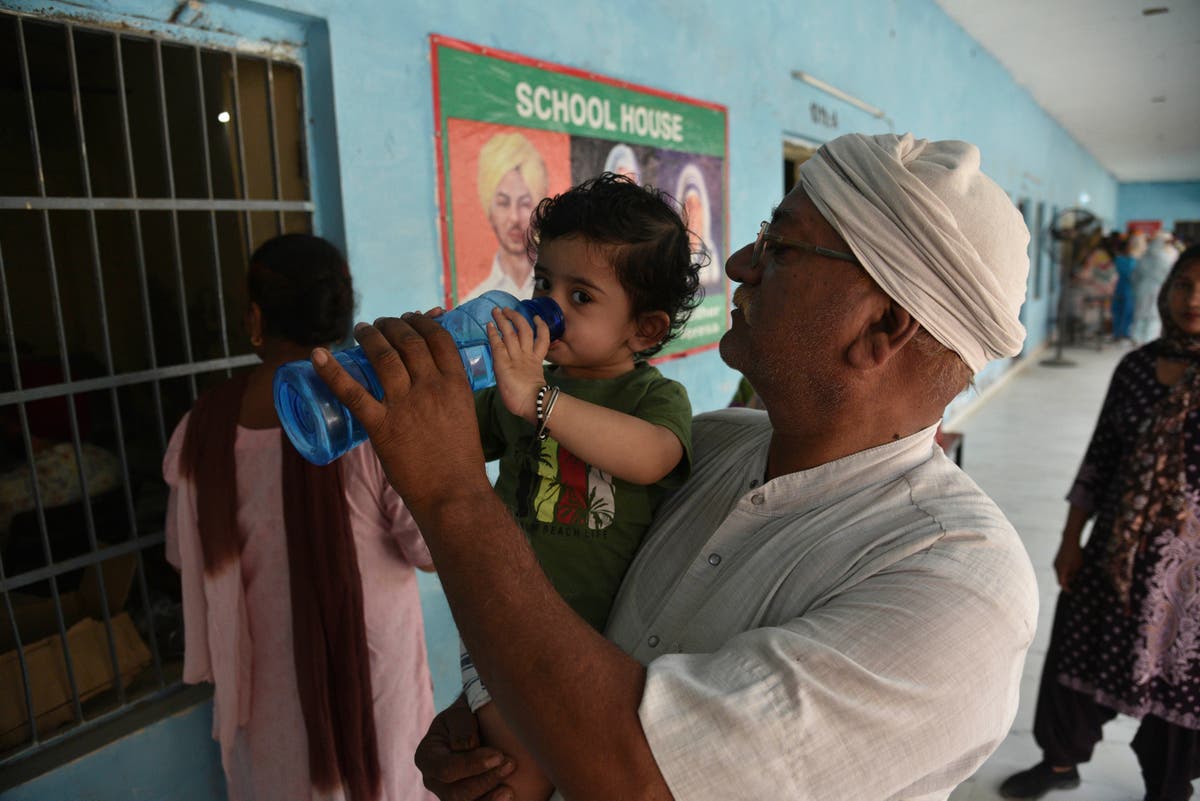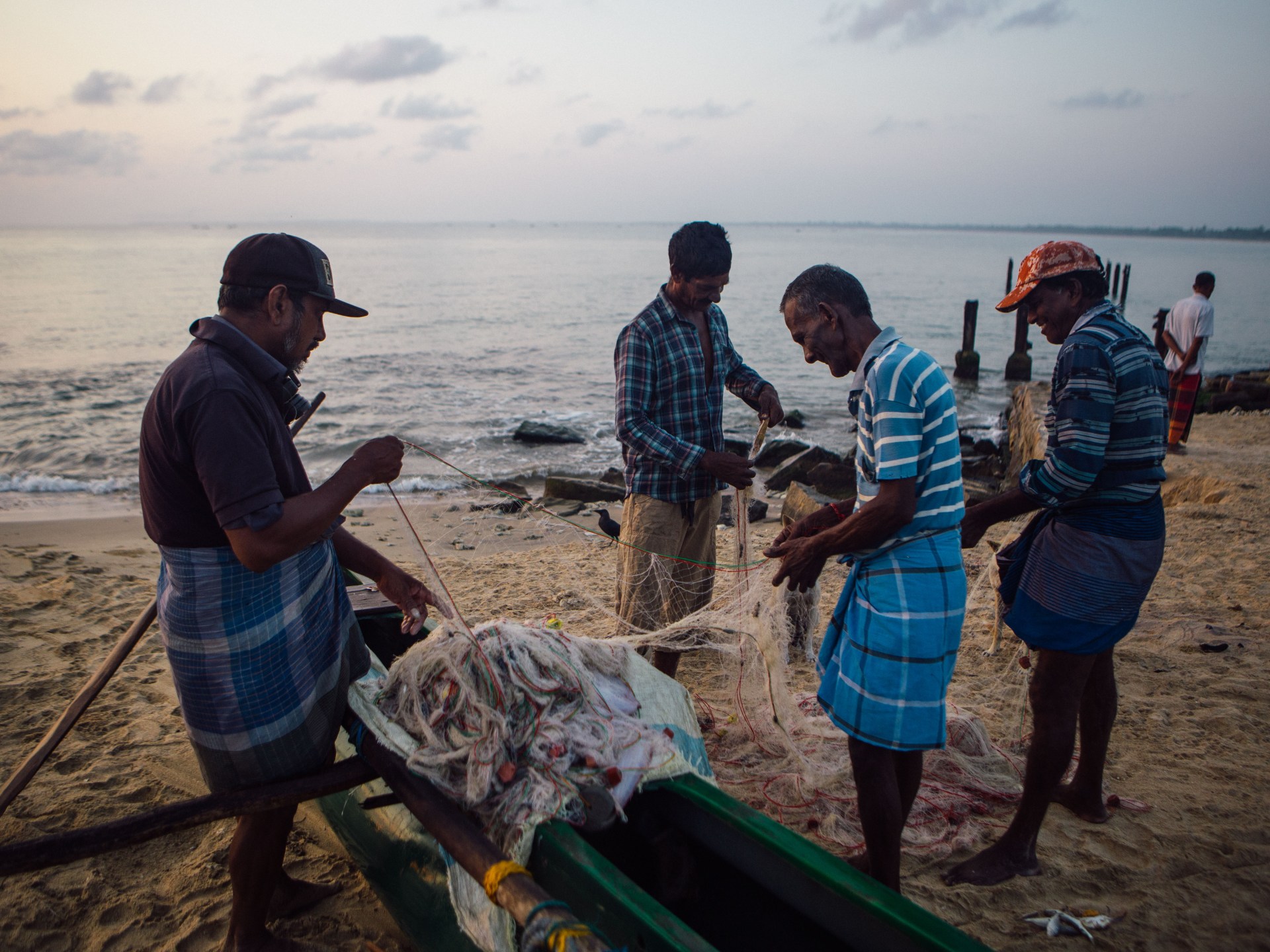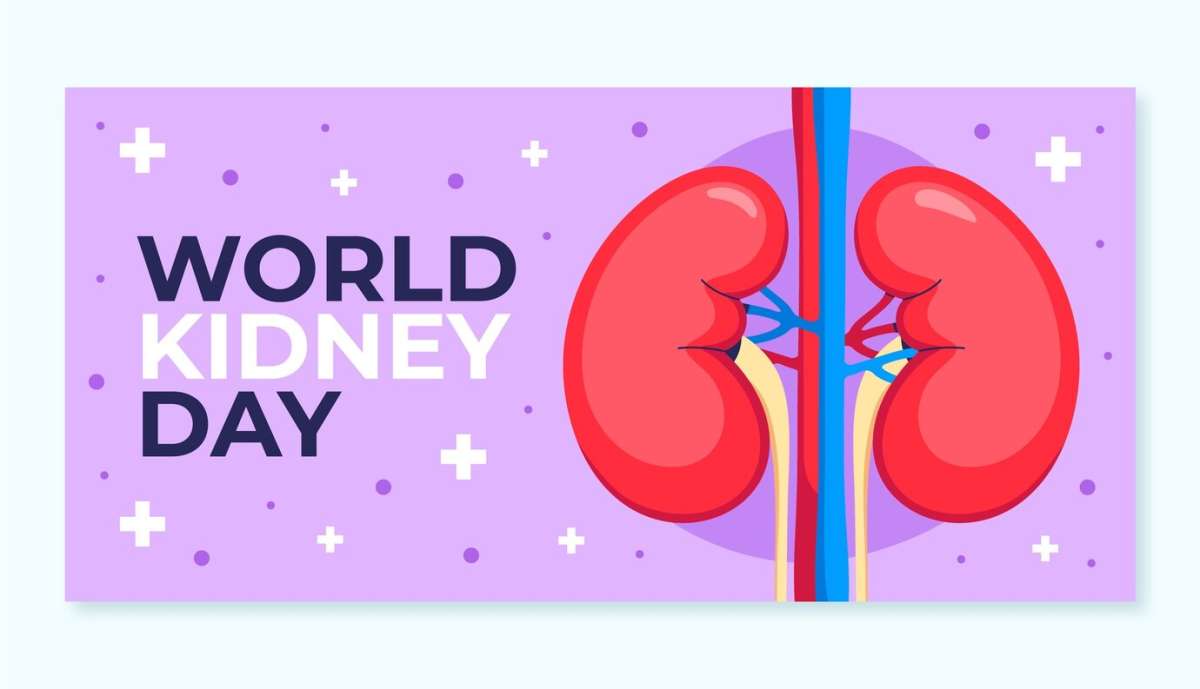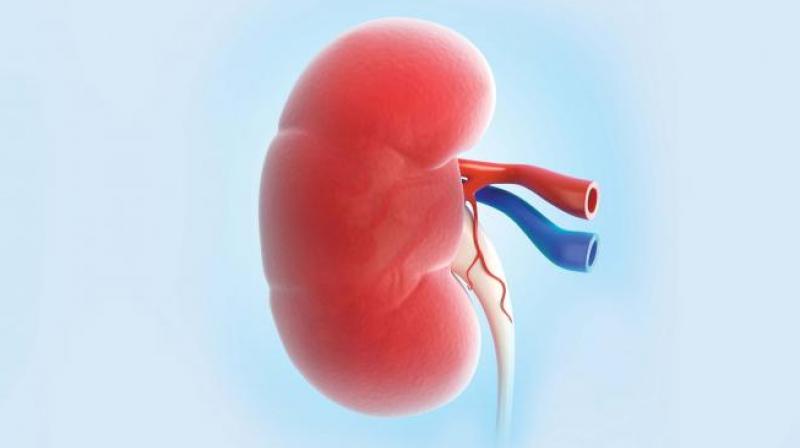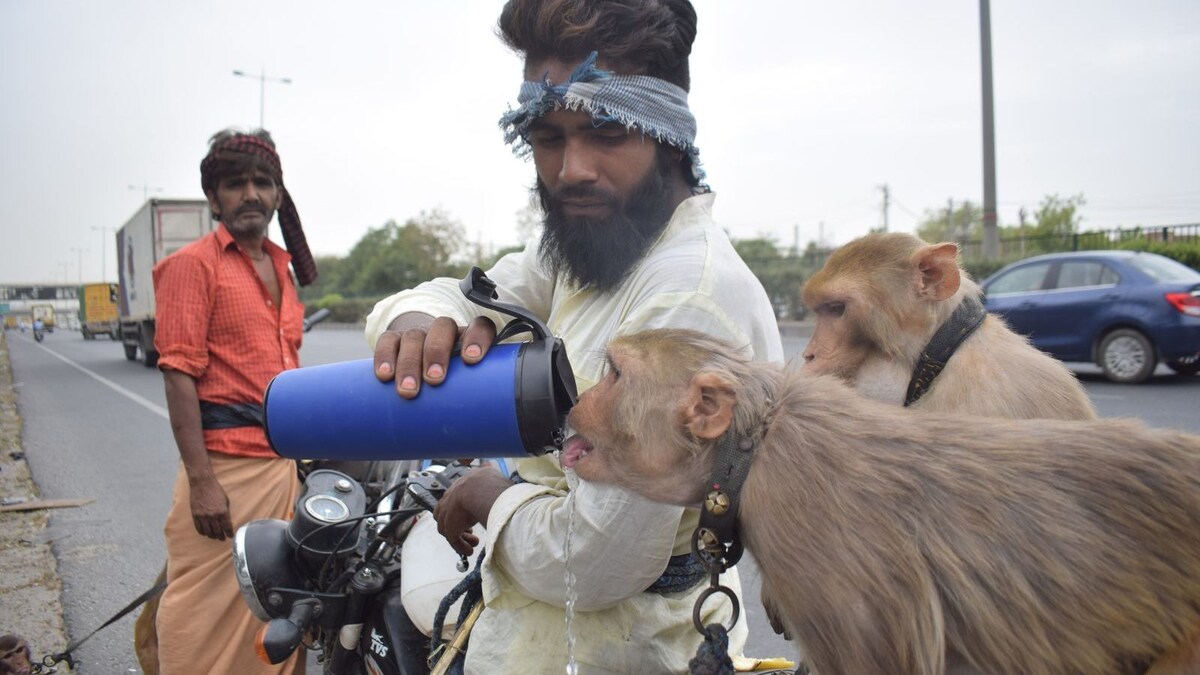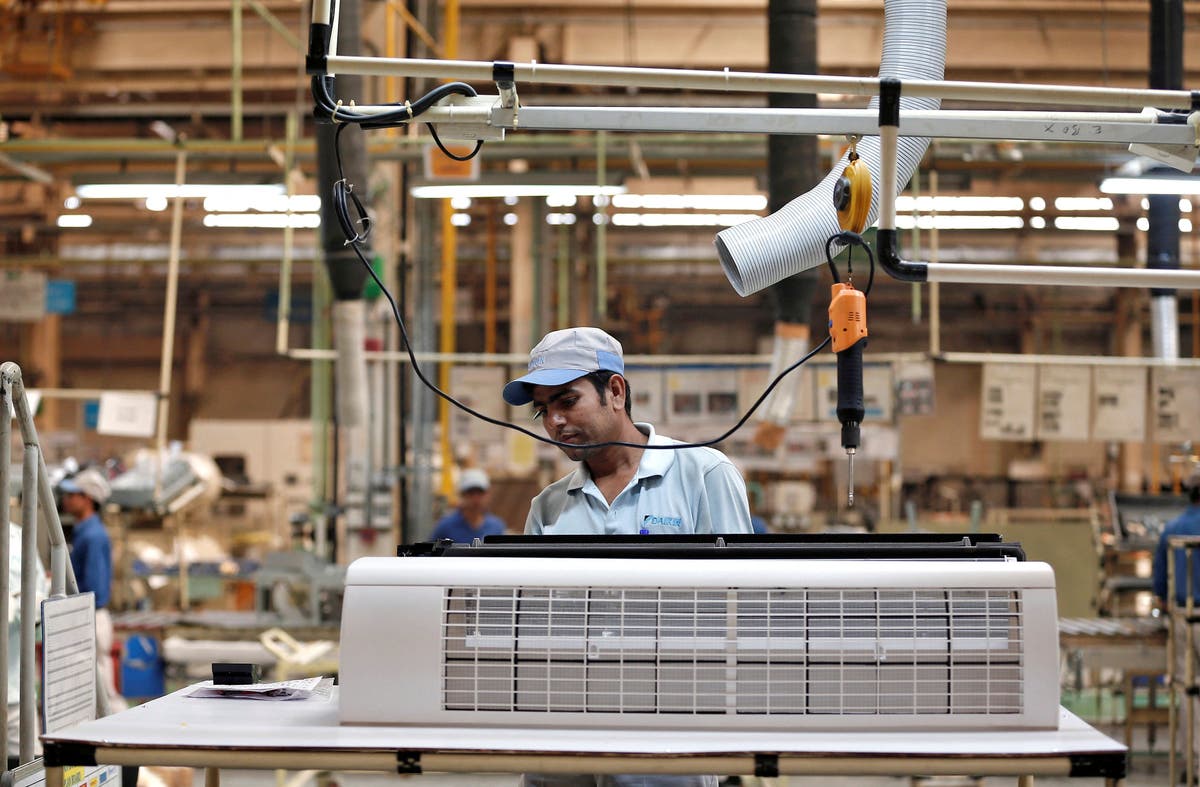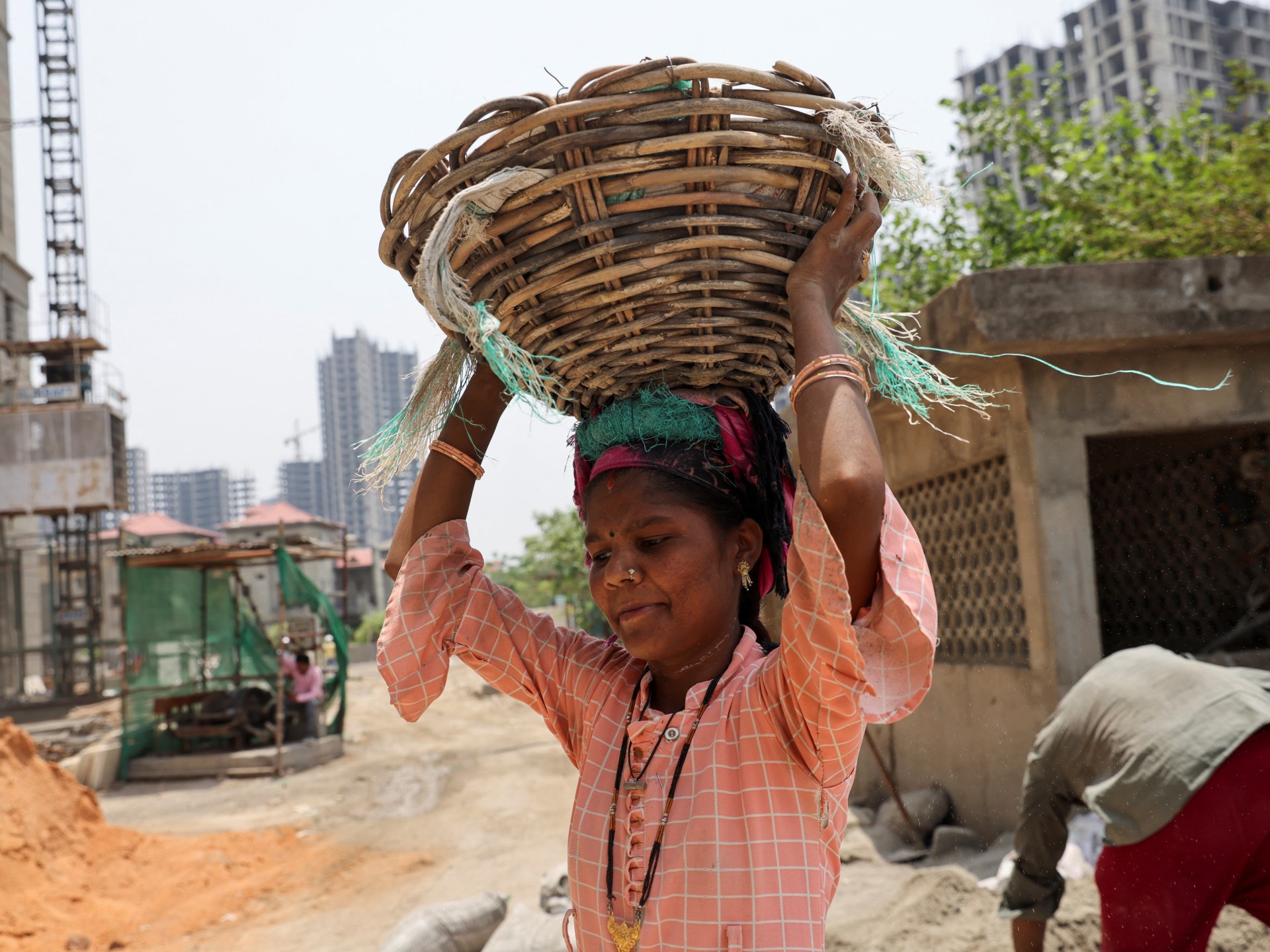
Is extreme heat to blame for chronic kidney disease in Nepali workers?
The IndependentHead nurse Rani Jha circles around her busy kidney ward, reeling off the list of patients who were too young, too sick, too many to count. “As it gets hotter, we expect to see these diseases emerge elsewhere.” In an April statement on climate change, the American Society of Nephrology warned that “the confluence of socioeconomic, geographic, and climate change risk factors may increase the incidence of kidney disease.” The association of kidney specialists noted that global surface temperatures are expected to rise by 2C by mid-century, and pointed to one population of particular concern: the global poor who must work “in an increasingly hostile outdoor environment.” open image in gallery A hemodialysis daily schedule board at the National Kidney Center in Kathmandu A glimpse of that future is emerging in Nepal, local and international researchers say. “But we were in financial crisis, so everyone gave me their blessing.” open image in gallery Krishna Bahadur Khadka, 50, was a contractor in Qatar for 16 years until he was first diagnosed with chronic kidney disease Before Suraj left home, Panmaya took out a £800 loan to pay the recruitment agency, she says. “During the holidays, it’s just the four of us.” open image in gallery A team of surgeons led by Pukar Chandra Shrestha performs a kidney transplant surgery Recently, the family has been debating one last possibility, Sangeeta says. open image in gallery Using money sent by her brother, Panmaya was able to build her house with a proper kitchen The vast industry that sends men abroad says it’s not aware of kidney cases.
Discover Related








